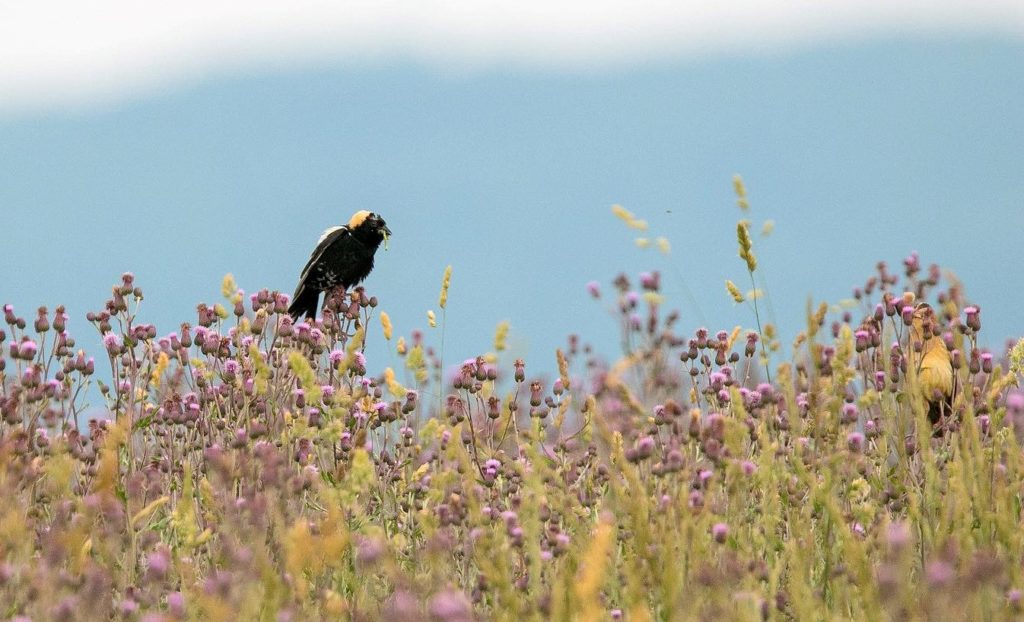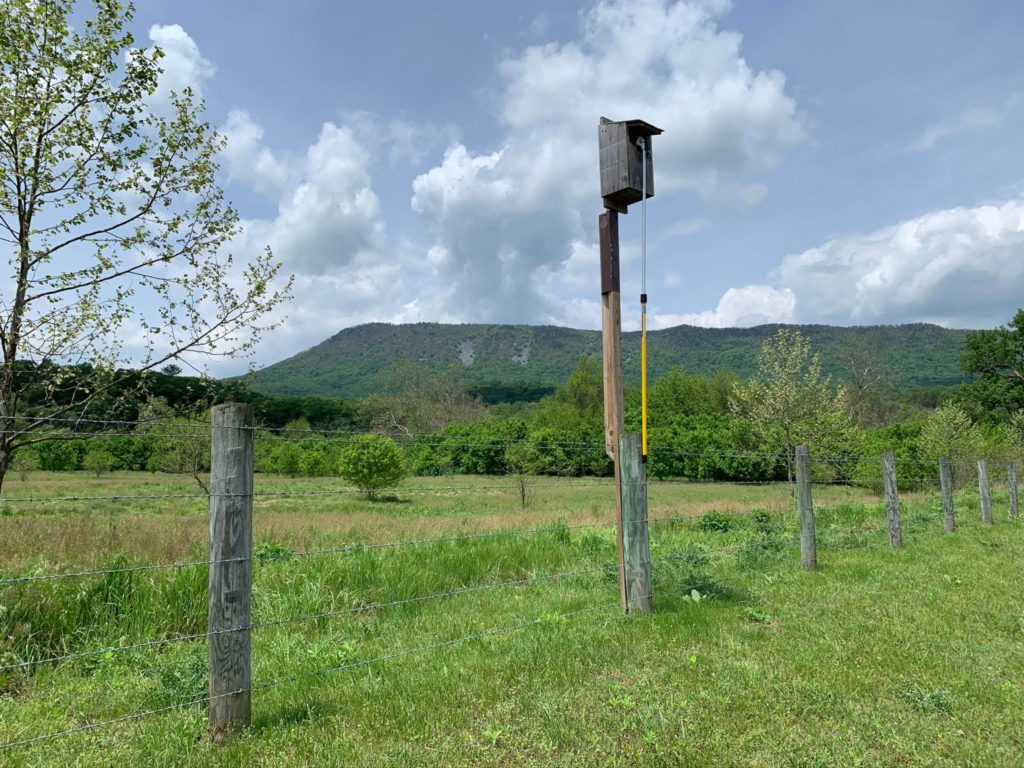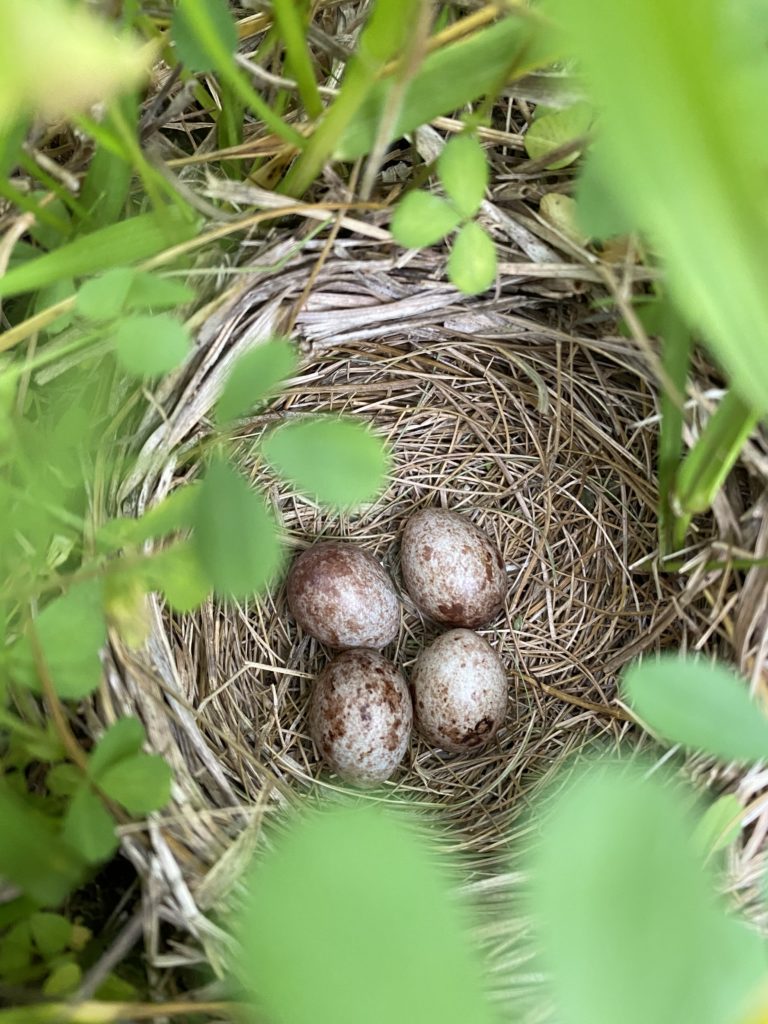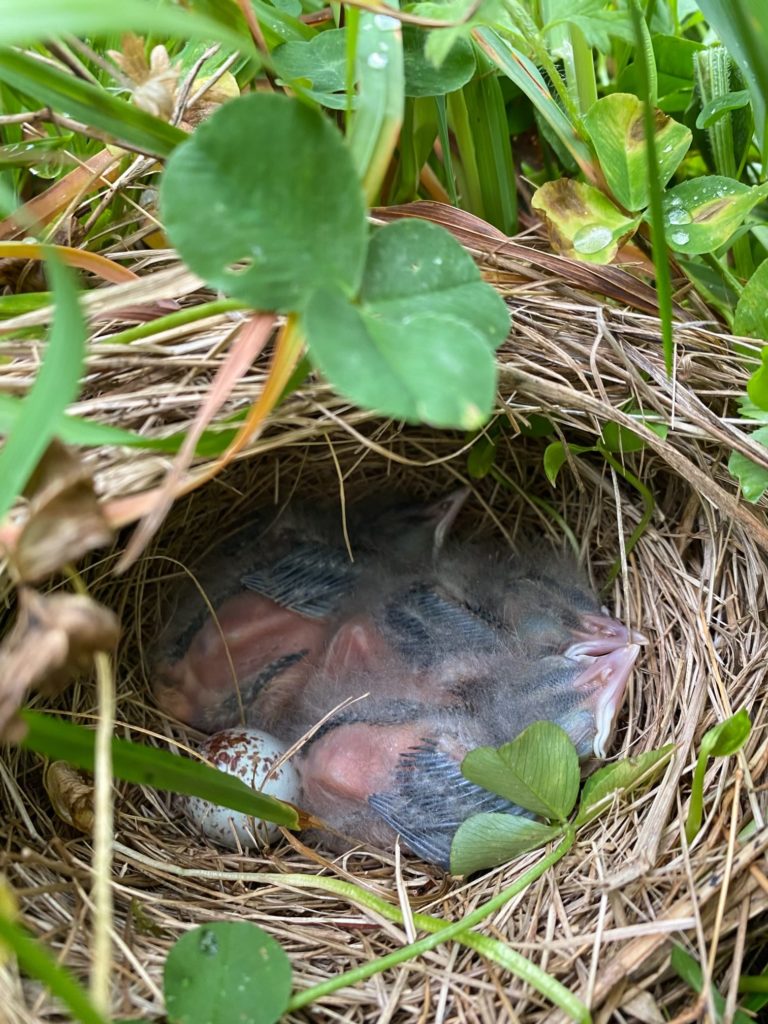
Earlier this year, Smithsonian’s Virginia Working Landscapes and The Piedmont Environmental Council launched the Virginia Grassland Bird Initiative (VGBI), an effort to stem the decline of grassland bird species. With most of our state’s native grasslands now converted to agricultural landscapes, VGBI is working alongside producers to establish conservation practices that can simultaneously benefit this suite of birds and also work in tandem with the goals of these farms.
>> Learn more about the Virginia Grassland Bird Initiative
On Saturday, October 9, bird enthusiasts around the globe will be celebrating World Migratory Bird Day, an opportunity to raise awareness around the incredible wonders of bird migration. While some of our grassland birds are year-round residents, such as the Bobwhite quail, most of Virginia’s grassland birds are migratory. The Bobolinks, for example, that nest in our hay and cattle fields in the spring and summer, will head south in August. They might spend a few weeks refueling in the grasslands of Venezuela or Colombia, stop to rest again in Bolivia, and then continue on to northern Argentina, where they will go about their lives for the next six months or more. Each and every place they stop along the way needs to offer them safe access to food and shelter. This is the essence of World Migratory Bird Day—to draw awareness around the importance of collaboration between communities and environmental organizations along the entire migratory pathway of these birds. Protecting our migratory birds is a team effort that must conserve critical habitats from one end of the migratory journey to the other.
With this in mind, we want to highlight several things that you can do around your landscape that will have a positive impact on our region’s grassland birds, both migratory and resident, as well as improve biodiversity.
Around the Home
- Less mowing: Take a moment to identify areas that you currently mow that aren’t being actively used, and consider converting those areas to native grasses, shrubs, and trees. In doing so you create wildlife habitat that will give you a quick return on investment, including healthier soils, cleaner water, and greater resilience against stormwater runoff and pest/disease outbreaks.
- Plant native: To build back biodiversity on your landscape you must start with native plants. Those plants create the foundation of a functional food web, beginning with beneficial insects and working up to an array of birds and mammals.
- Keep cats indoors: Cats—even declawed and “lazy” cats—kill songbirds. This is preventable by not allowing cats outdoors when at all possible, which in turn keeps your pets safe as well.
- Avoid rodenticides: Rodent problems should not be solved by throwing bait blocks around the perimeter of a house. Those poisons are ingested by small mammals, who are then consumed by birds of prey, resulting in high toxicity levels among our hawks and owls.
- Prevent window collisions: Use external insect screens on windows and window decals to disrupt the reflective properties of your windows.
- Support conservation: Volunteer your time as a citizen scientist, open your property to research, and/or donate to causes that work to conserve birds and biodiversity. You can support PEC’s habitat restoration efforts through the Piedmont Grassland Bird Initiative through a donation.
- Drink “Bird-friendly”: Shop for coffee with the “Bird-friendly” certified label and know that your purchase goes to protecting bird habitat where that coffee is grown.

If your property includes fields/working lands
- Protect birds nesting in your grasses: During the spring and early summer, grassland birds are nesting down in the grasses of hay fields and livestock pastures. Mowing/haying or intensively grazing those fields between May and July can result in overwhelming mortality of these birds as they incubate their nests and fledge their young. Consider transitioning fields to a summer stockpiling system, or delaying haying until the end of July, so as to allow these birds ample time to finish nesting.
- Protect birds overwintering in your fields: While protecting grassland birds during the spring nesting season is critical, many grassland birds make use of working landscapes throughout the entirety of the year. For example, our iconic Eastern Meadowlarks will overwinter in our farm fields, along with a suite of grassland birds migrating down from further north, including Northern Harriers, Short-eared Owls, and Horned Larks. These birds must have sufficient food and shelter on these fields to survive the harsh winter months, so be sure not to leave any fields bare—winter stockpiling and cover crops are great practices for keeping habitat and food on the landscape.
- Add buffers: Strips of native vegetation along riparian areas (streams, ponds) and along forest edges are not only prime habitat for grassland and shrubland birds, but serve as shade, erosion control, and habitat for pollinators.
- Install nest-boxes: While you are building up habitat for grassland birds, you can also facilitate nesting structures for some cavity-nesting species, such as American Kestrels, Eastern Bluebirds, Tree Swallows, and Barn Owls. Many of these species are cavity-limited, so providing them with a protected place to raise their young can help bolster our local populations. Be sure to include a proper baffle system to keep unwanted visitors out!
- Avoid insecticides: Insecticides indiscriminately kill our native insects, which are the staple food for grassland birds during the nesting season when they are raising their young. Instead, build back habitat for native predatory insects (such as buffer strips) that can help naturally control pest outbreaks.
- Consider donating a conservation easement: The protection of rural working lands provides an opportunity to create and maintain a surrogate habitat for grassland birds. Learn more about the benefits of conservation easements at pecva.org/easements.


